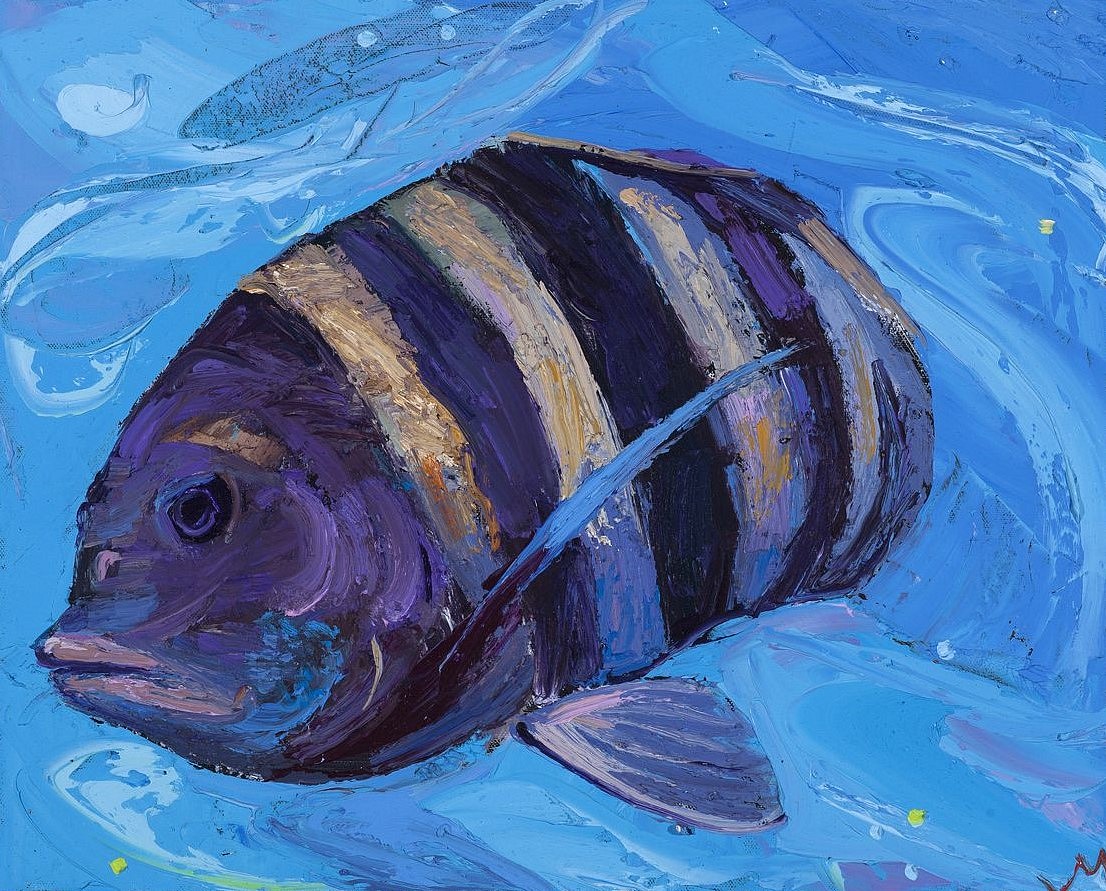
A literal representation would never touch the magnificence of nature. I find that challenge all the time. To get to what nature elicits in me as a response, and try to portray it. Ironically, it’s not a matter of fidelity in the portrayal, but something else. Something that is revealed beyond that. It is a process and I experiment all the time. I would like to avoid, if it’s at all possible, developing a technique or method of presenting nature. A style that is an uncomfortable process. I’m looking for a way of being with nature that allows me to enjoy the process and express its magnificence at the same time.
-James Michalopoulos
Michalopoulos’ paintings of animals resonate; they are familiar because he recognizes and captures in his work their presence in our lives . He knows these creatures and reminds us we do too: the stoically bulky form of a sleepy cow at a fence; a donkey, heavily eye-lashed lids half-closed, affectionately nuzzling her mirror image; a white terrier pulls to the end of his line, and looks back-quizzically questioning his owner’s boundaries; a gap-mouthed fish, all staring round eyes and flashing spots–about to be on his way. This body of work is more about capturing a moment in time and a way of being than simply an animal’s likeness.
-Caroline Kerrigan, Curator
